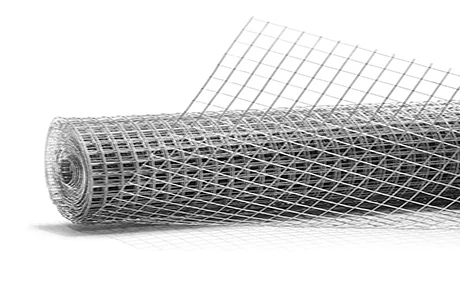-
+86 15030157877
-
sales@galvanizedmetalmesh.com
Dic . 03, 2024 11:09 Back to list
field fence
Field Fence An Essential Element of Agriculture and Land Management
The field fence, often overlooked, is a crucial component of agricultural practices and land management. It serves multiple purposes, from protecting livestock to delineating property boundaries, and ensures the overall health and productivity of agricultural landscapes. Understanding the importance and various types of field fences can provide insight into their role in modern farming and environmental stewardship.
Historical Significance
Field fences have a rich history, dating back thousands of years when early humans began to domesticate livestock and cultivate land. Initially, natural barriers such as trees, bushes, or stones were used to keep animals in and predators out. However, as agricultural practices evolved, the need for more controlled and reliable methods to manage livestock and crops became apparent. This led to the development of various types of fencing materials and structures, each designed to meet specific needs of different terrains and types of farm animals.
Types of Field Fences
1. Barbed Wire Fences One of the most common types, barbed wire fences consist of steel wire twisted with barbs at regular intervals. This design not only serves as a physical barrier but also deters animals from attempting to escape. Barbed wire is cost-effective and easy to install, making it a popular choice among farmers.
2. Electric Fences These fences use electric current to deter animals from crossing boundaries. They are particularly effective for containing livestock such as cattle, sheep, and goats, reducing the risk of escape while also preventing predators from entering the pasture.
3. Mesh Fences Often used for smaller animals like chickens and rabbits, mesh fences come in various designs and materials. These fences can provide a solid barrier against smaller predators while allowing for visibility and air circulation.
4. Wooden Fences While less common for large-scale farming due to cost and maintenance requirements, wooden fences offer a sturdy and aesthetically pleasing option for fields. Often used in combination with other types of fences, wooden structures can enhance the overall look of a farmstead.
field fence

5. Vinyl Fences An emerging choice among farmers, vinyl fences provide both durability and low maintenance. Resistant to weathering and rot, they are ideal for long-term use, though initial costs may be higher compared to other materials.
Benefits of Field Fences
Field fences provide numerous benefits to farmers and landowners. Primarily, they protect livestock by keeping them contained, which is essential for both their safety and the yield of agricultural operations. Unrestricted animals can wander onto roads or neighboring properties, leading to potential accidents, legal disputes, and loss of livestock.
Moreover, field fences play a vital role in protecting crops from wildlife. Animals such as deer, rabbits, and raccoons can devastate crops, leading to significant financial losses. By installing effective fencing, farmers can safeguard their harvests and reduce the risk of damage.
In addition to their protective functions, field fences also contribute to better land management. By clearly delineating property lines, they help to avoid disputes with neighbors, ensuring that agricultural practices can be carried out smoothly. This clarity also aids in the legal ownership and management of land, which is vital for farming operations and future investments.
Environmental Considerations
When implementing field fencing, it’s essential to consider the environmental impact. Sustainable fencing options, such as using recycled materials or selecting styles that minimize wildlife disruption, can greatly benefit both the ecosystem and the farm. Furthermore, leaving gaps or creating wildlife corridors can help maintain biodiversity and support local wildlife.
Conclusion
Field fences are more than mere boundaries; they are fundamental components of responsible agriculture and land management. By understanding the various types and benefits of field fences, farmers can make informed decisions that enhance their operations and protect their investments. As we continue to evolve our agricultural practices, embracing sustainable methods of fencing will not only safeguard our livestock and crops but also support a balanced ecosystem for generations to come. In essence, field fencing is a perfect reflection of the harmony between nature and agriculture, providing a framework for growth and sustainability.
-
Premium Perforated Metal Mesh & Custom Sheets
NewsAug.07,2025
-
Premium Security Window Screen Mesh | Unmatched Safety
NewsAug.05,2025
-
Premium Artificial Grass Fence | AI Design Privacy Solution
NewsAug.04,2025
-
Premium Hexagonal Gabion Mesh Solutions | Durable & Eco-Friendly
NewsAug.03,2025
-
Welded Gabion Solutions: Durable & AI-Enhanced Designs
NewsAug.01,2025
-
Premium Welded Gabion Mesh | Robust & Eco-Friendly
NewsJul.31,2025



